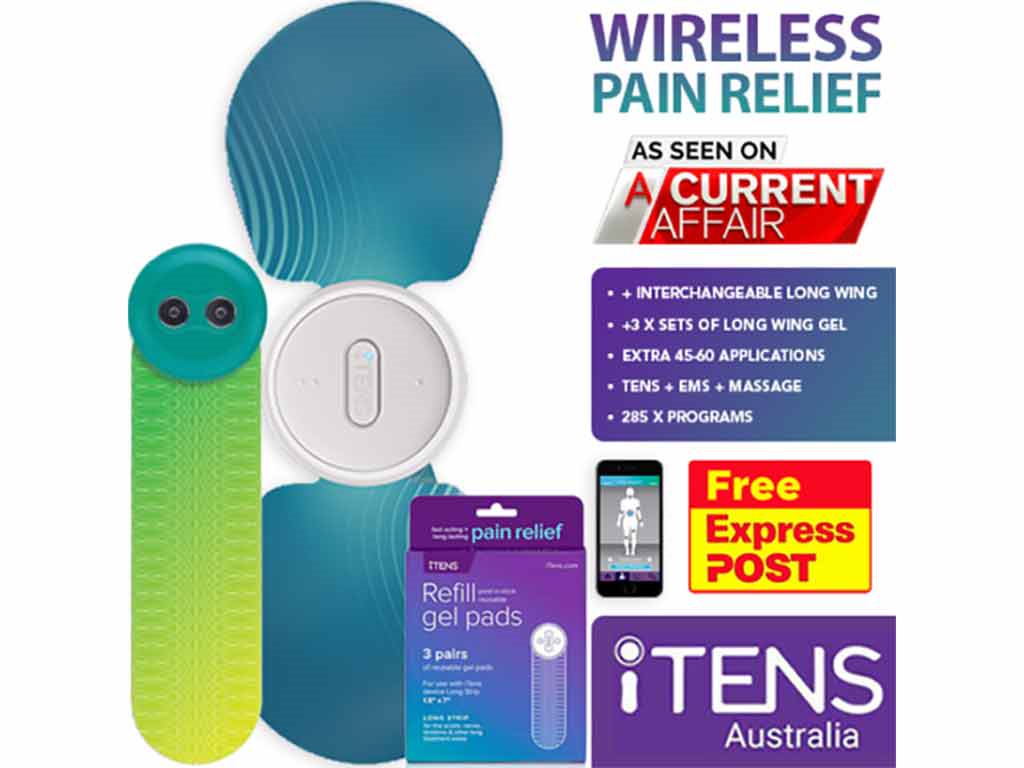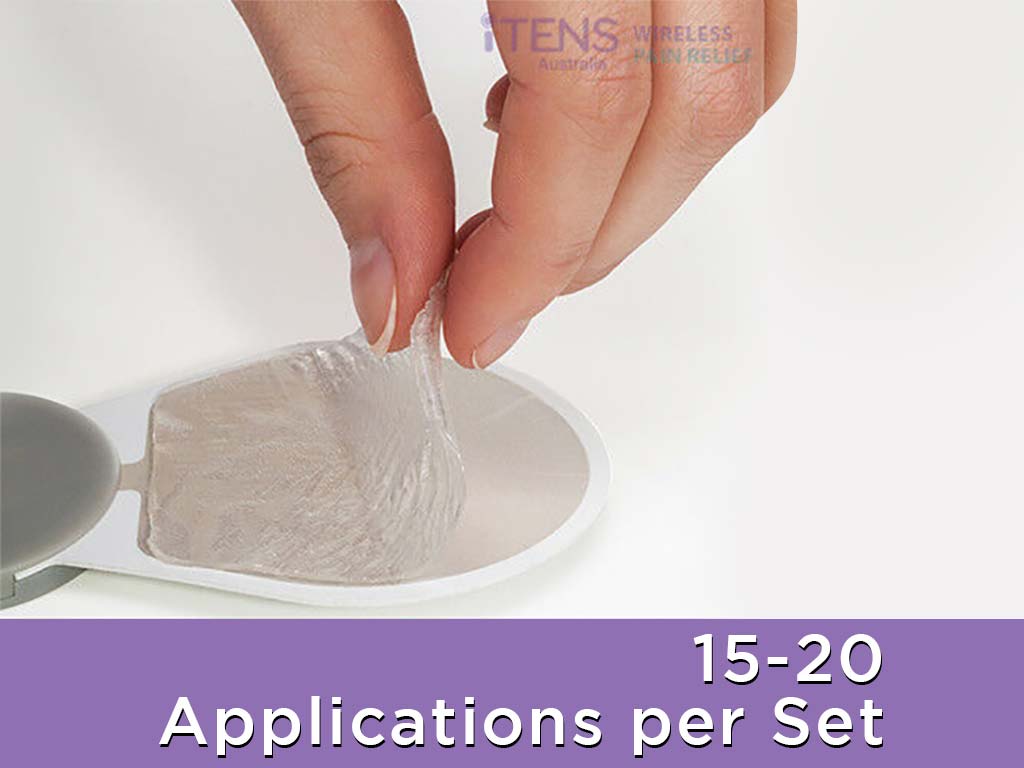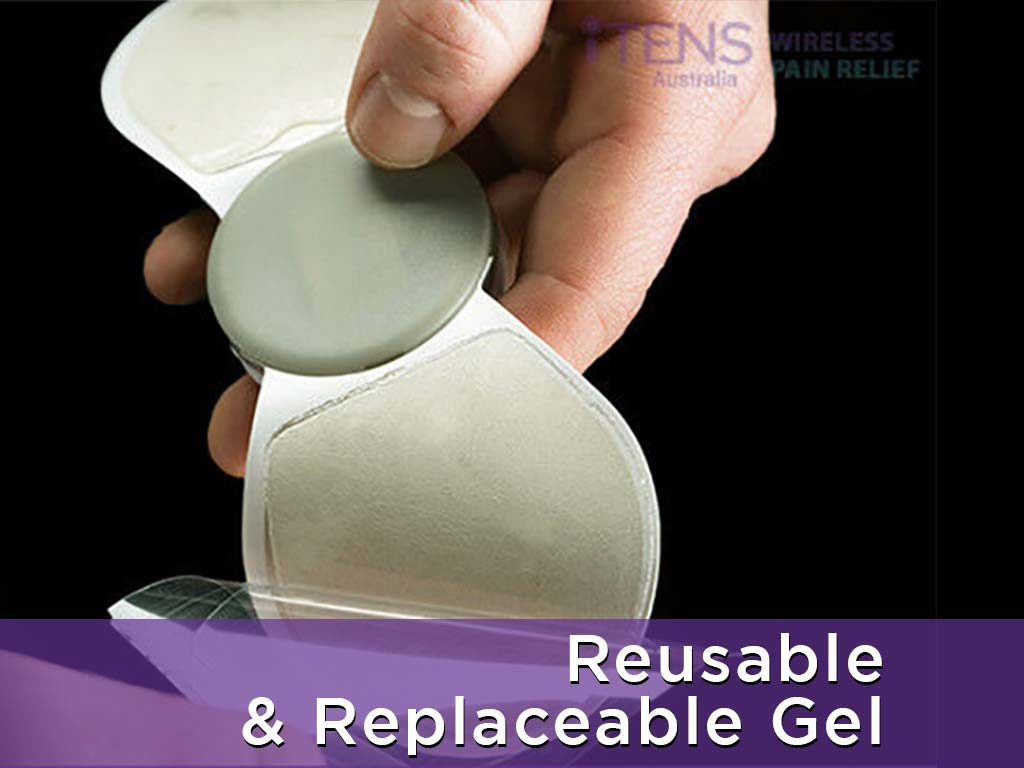
A TENS electrode is a component used in Transcutaneous Electrical Nerve Stimulation (TENS) therapy. It works by sending low-voltage electrical currents to specific parts of the body through adhesive pads. These electrodes stimulate the nerves and offer relief from different types of pain. To make them last longer, individuals should follow the care guide. This involves cleaning them regularly, storing them correctly, and checking for any damages.
Body pain can significantly affect an individual’s quality of life, causing discomfort and making daily activities challenging. It restricts people’s capacity to relish activities, impacts their mood, and may disturb their sleep. Finding a safe and efficient way to handle pain is vital for overall well-being. Fortunately, TENS therapy offers a non-invasive and drug-free remedy for pain relief. This article will present the uses of electrodes, including its care and guidance for replacement.
What Are TENS Electrodes?
TENS electrodes are small pads that play a crucial role in TENS therapy. They stick to the skin and send controlled electrical currents to targeted parts of the body. These electrodes have adhesive properties that make sure they stay firmly on the skin without causing any discomfort.
Electrodes are important because they make TENS therapy more effective and targeted. When users attach electrodes to specific areas, they can direct the pain-relieving electrical impulses exactly where they need them. This focused approach allows for localised pain management, which is valuable for treating different types of pain. Moreover, proper electrode placement ensures that the therapy is safe and effective.
Using electrodes is a simple process. First, individuals should make sure the skin is clean and dry before applying the electrodes. Second, peel off the protective backing from the electrodes to uncover the sticky side. Third, carefully place the electrodes onto the desired area of the skin and gently press them down to ensure they stick properly. Additionally, users can adjust the settings on the electronic device, such as the strength and frequency.
Types Of Pads
- Rectangular pads: provide targeted relief for specific areas of pain, such as the lower back or shoulders.
- Oval pads: ideal for treating curved or hard-to-reach areas, like the knees or elbows.
- Butterfly pads: these butterfly-shaped electrodes target smaller areas, such as the neck or face.
- Tapered pads: perfect for pinpointing pain relief on smaller areas, such as trigger points.
- Self-adhesive pads: these adhesive electrodes ensure they stay securely in place during treatment.
- Reusable pads: made from durable materials, making them a cost-effective option for long-term use.
- Disposable pads: designed for single-use, these electrode patches offer convenience and hygiene.

Maintenance and Storage Of TENS Electrodes
TENS electrodes are used to provide pain relief through electric currents. To make sure they work well and last long, users should take care of them properly. After using the electrodes, they should be cleaned thoroughly by gently wiping the pads with a damp cloth or sponge. Additionally, people must avoid using strong chemicals or too much moisture, as this may harm the electrodes.
When storing electrodes, keep them in a cool and dry location. High temperatures and humidity can harm the adhesive on the electrodes, making them less effective. To protect them from dust and moisture, individuals should store them in their original packaging or in a sealed plastic bag. This will help maintain the adhesive quality of the electrodes.
Lastly, regularly checking the electrodes for wear and tear is important. Over time, the adhesive may weaken, causing the electrodes to lose their stickiness. If the electrode pads no longer stick firmly to the skin surface, users need to buy replacement patches. Moreover, people should inspect the electrodes for any cracks, fraying, or damage to the wires.
How Long Can It Be Used
The lifespan of electrodes can vary depending on several factors, such as the quality of pads, usage, and care. On average, users usually need to replace electrodes after using them approximately 10 to 30 times. Therefore, they should follow the manufacturer’s guidelines for usage and maintenance to prolong the lifetime of their electrodes.
Some electrodes may require more frequent replacement, particularly if they start to lose their stickiness or show signs of wear. For iTENS, gel pads can be used for approximately 15-20 times per set. The lifespan of these pads typically ranges from 2-3 months, depending on the individual’s usage and the skin condition.

When To Replace TENS Electrodes
TENS therapy relies on TENS electrodes to relieve various types of acute and chronic pain conditions. These include nerve pain, labour pain, afterbirth pain, or muscle pain. However, the effectiveness of these electrodes may diminish over time. Therefore, it is essential for users to understand when they should replace their electrodes.
Repeated use of electrodes can cause them to lose their stickiness and not adhere properly to the skin. This can lead to inconsistent electrical nerve stimulation. Additionally, the natural oils present on the skin can also reduce the stickiness of the electrodes. Therefore, it is important for individuals to regularly clean the electrodes to prolong their effectiveness in providing pain relief.
Moreover, electrodes can also become damaged or cracked. When this occurs, the electrical impulses may not be delivered evenly, which can further decrease the effectiveness of the therapy. Damaged electrodes may also cause skin irritation, making it uncomfortable to continue with the treatment. Overall, these factors indicate that it is time to replace the electrodes.
Factors To Consider
When using electrodes for pain relief, individuals should consider several factors. Firstly, they need to take into consideration electrode placement, as it plays a critical role in achieving optimal results. Electrical nerve stimulation functions by sending electrical currents to the affected area. This is why placing the electrodes strategically is essential for targeting the pain.
Another important factor to consider is skin condition. The electrode pad must adhere securely to the skin to deliver the electrical impulses efficiently. Therefore, users should prepare the skin properly before applying the electrodes. This involves cleaning the area and ensuring that it is free from any dirt or oils.
Conclusion
TENS electrodes are essential components of TENS therapy, providing targeted pain relief through controlled electrical currents. Their adhesive properties ensure they stay firmly on the skin, allowing for localised pain management. In addition, proper maintenance and storage prolong their effectiveness. These include cleaning them after use and storing them in a cool and dry location. Moreover, regularly checking for wear and tear and replacing them when necessary is important to maintain the therapy’s effectiveness.
The lifespan of electrodes can vary depending on factors such as usage and care. On average, users typically need to replace electrodes after using them approximately 10 to 30 times. Following the manufacturer’s guidelines for usage and maintenance can help prolong the lifetime of the electrodes. Additionally, factors such as proper electrode placement and skin preparation are also important for achieving optimal results. By considering these factors, individuals can make the most out of their TENS therapy.







